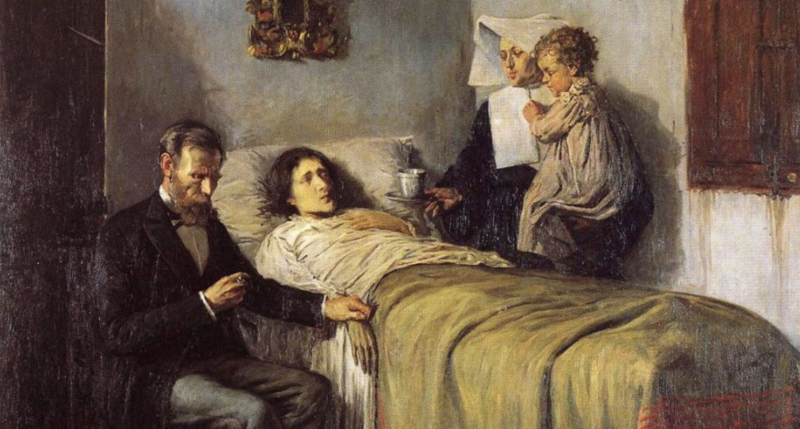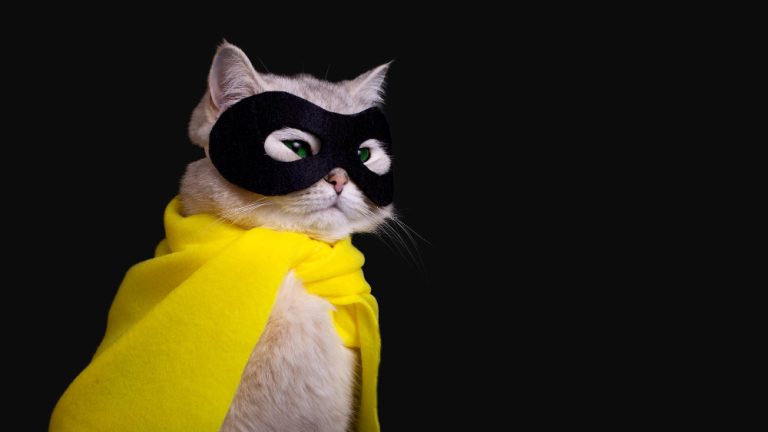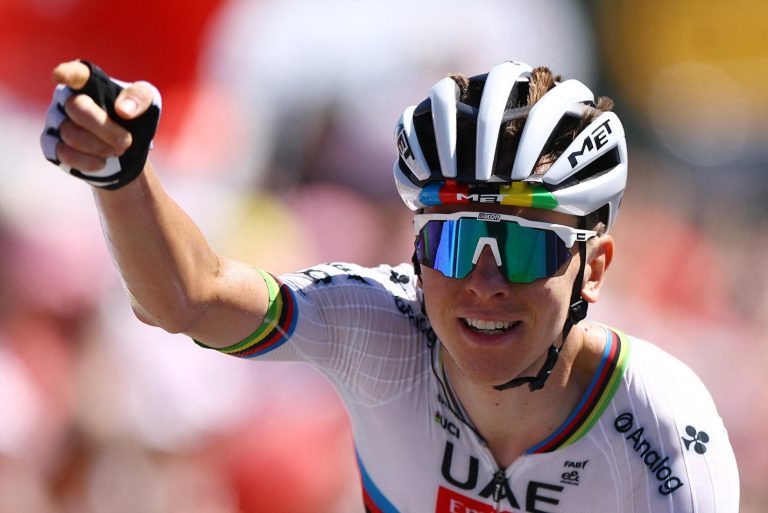

It’s hard to imagine from this historical distance how upsetting Pablo Picasso’s 1907 modernist painting Les Demoiselles d’Avignon was to Parisian society at its debut. On its 100th anniversary, Guardian critic Jonathan Jones described it as “the rift, the break that divides past and future.” The painting caused an uproar, even among the artist’s peers. It was a moment of culture shock, notes PBS. Its five nude figures, broken into proto-cubist planes and angles with faces painted like African masks, met “with almost unanimous shock, distaste, and outrage.”
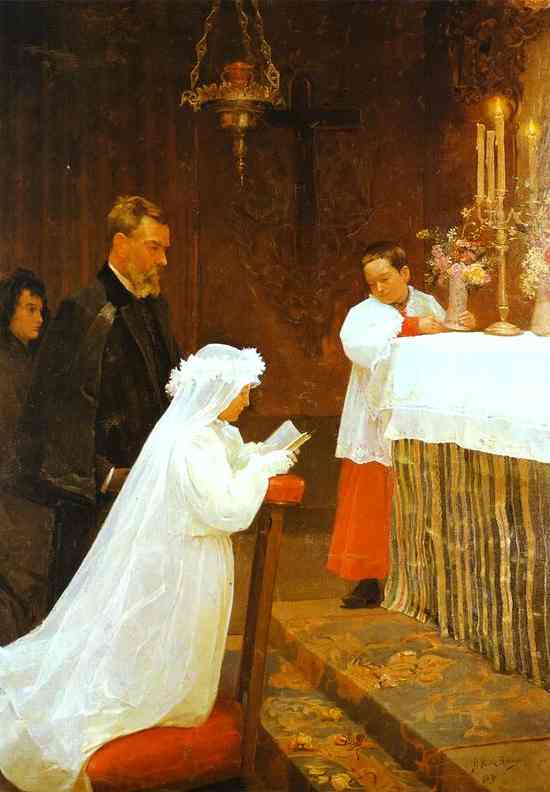

Henri Matisse, himself often credited with ushering in modernist painting with his flattened fields of color, “is angered by the work, which he considers a hoax, an attempt to paint the fourth dimension.” Much of the outrage was purported to come from middle-class moral qualms about the painting’s subject, “the sexual freedom depicted in a brothel.”
This is a little hard to believe. Nude women in brothels, “odalisques,” had long been a favorite subject of some of the most revered European painters. But where the women in these paintings always appear passive, if not submissive, Picasso’s nudes pose suggestively and meet the viewer’s gaze, actively unashamed.


What likely most disturbed those first viewers was the perceived violence done to tradition. While we cannot recover the tender sensibilities of early 20th-century Parisian critics, we can, I think, experience a similar kind of shock by looking at work Picasso had done ten years earlier, such as the 1896 First Communion, further up, and 1897 study Science and Charity at the top, conservative genre paintings in an academic style, beautifully rendered with exquisite skill by a then 15-year-old artist. See an earlier drawing, Study for a Torso, above, completed in 1892 when Picasso was only 11.
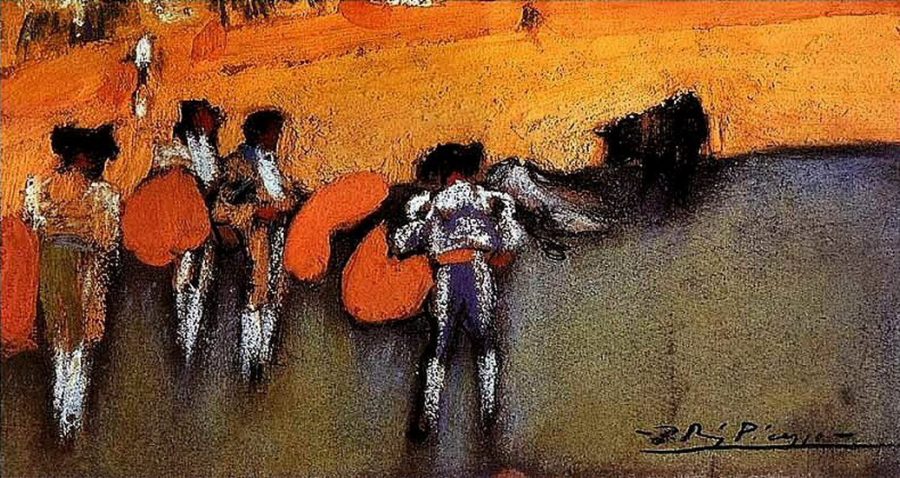

Given his incredible precocity, it may seem hardly any wonder that Picasso innovated scandalously new means of using line, color, and composition. He was a prodigious master of technique at an age when many artists are still years away from formal study. Where else could his restless talent go? He painted a favorite subject in 1900, in the loose, impressionist Bullfight, above, a return of sorts to his first oil painting, Picador, below, made when he was 8. Further down, see a drawing from the following year in his early development, “Bullfight and Pigeons.”


This piece, with its realistic-looking birds carefully drawn upside-down atop a loose sketch of a bullfight, appeared in a 2006 show at the Phillips Collection in Washington, DC featuring childhood artworks from Picasso and Paul Klee. Contrary, perhaps, to our expectations, curator Jonathan Fineberg remarks of this drawing that “9‑year-old Picasso’s confident, playful scribble” gives us more indication of his talent than the finely-drawn birds.
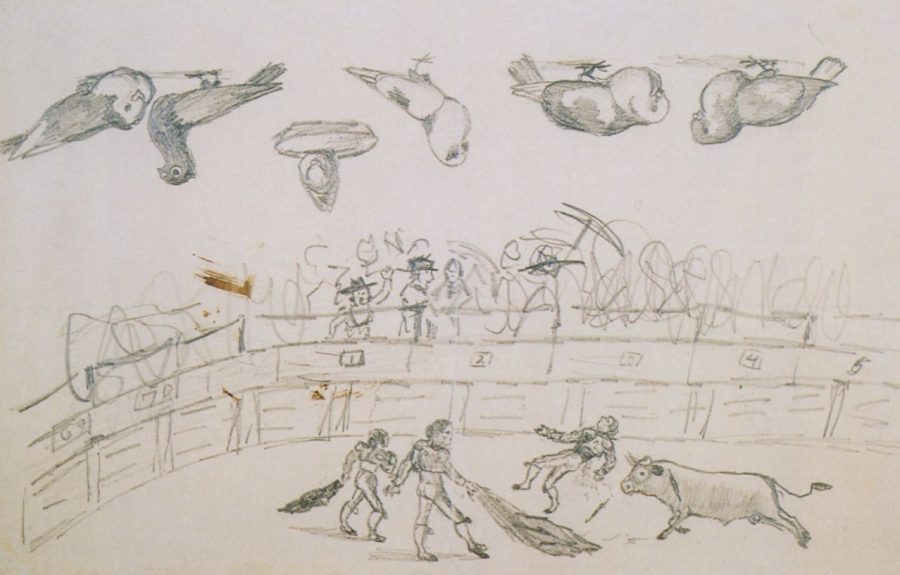

“It’s not just that Picasso could render well, because you could teach anybody to do that,” Fineberg says. Maybe not anybody, but the point stands—technique can be taught, creative vision cannot. “It’s not about skill. It’s about unique qualities of seeing. That’s what makes Picasso a better artist than Andrew Wyeth. Art is about a novel way of looking at the world.” You may prefer Wyeth, or think the downward comparison unfair, but there’s no denying Picasso had a very “novel way of seeing,” from his earliest sketches to his most revolutionary modernist masterpieces. See several more highly accomplished early works from Picasso here.
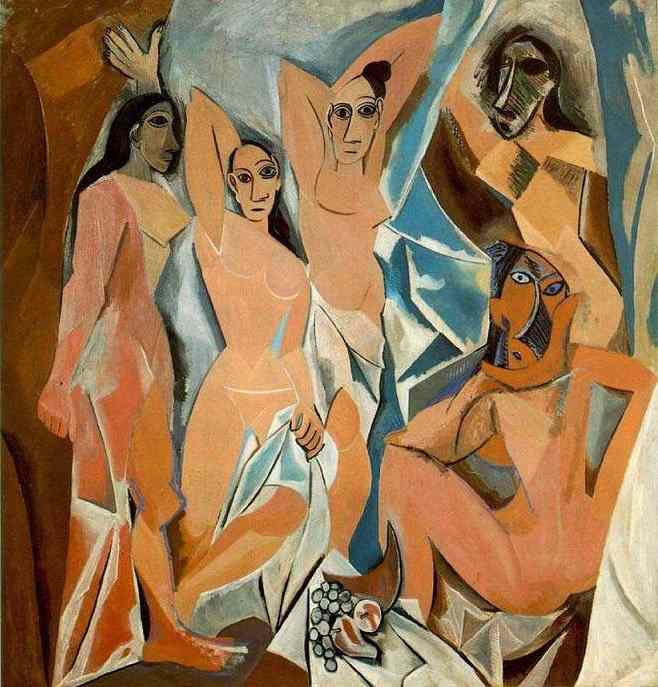

Note: An earlier version of this post appeared on our site in 2018.
Related Content:
9‑Year-Old Edward Hopper Draws a Picture on the Back of His 3rd Grade Report Card
Josh Jones is a writer and musician based in Durham, NC. Follow him at @jdmagness
